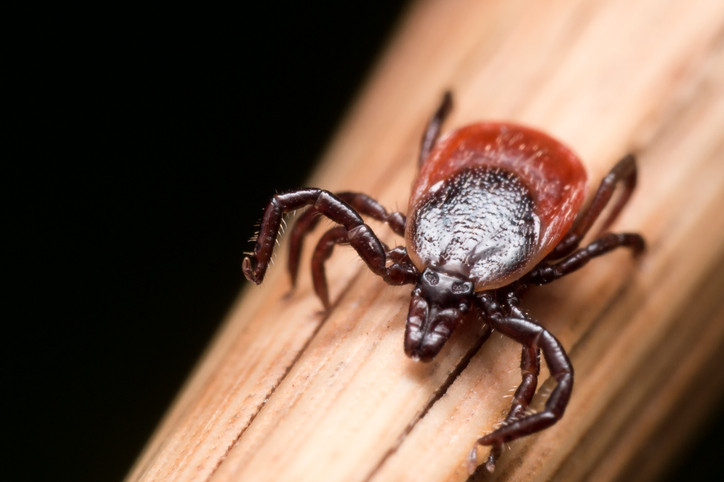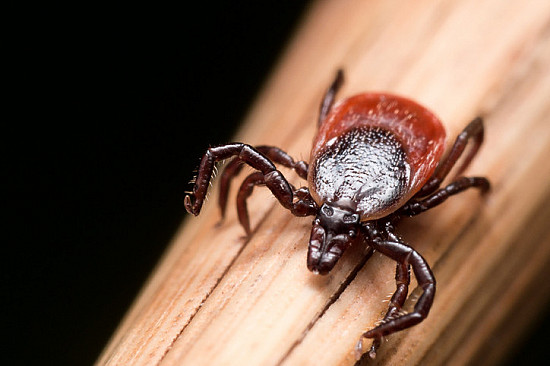
In parts of the United States and Canada, warming temperatures driven by climate change may be contributing to a rise in tick-borne illnesses. Ticks are now thriving in a wider geographic range, and appearing earlier and sticking around later in the shoulder seasons of spring and fall. That means we need to stay vigilant about protecting ourselves against ticks that cause Lyme disease and other illnesses — even during winter months in many warmer states and provinces.
Here’s a timely reminder about why preventing Lyme disease is important, and a refresher on steps you can take to avoid tick bites.
What are the symptoms of Lyme disease?
Lyme disease is best known for its classic symptom, a bull’s-eye red rash that appears after a bite from an infected tick (scroll down to see photos of classic and non-classic rashes). However, 20% to 30% of people do not develop a rash. And a rash can be easy to miss because ticks tend to bite in dark body folds such as the groin, armpit, behind the ears, or on the scalp. Some people have flulike symptoms such as a headache, fever, chills, fatigue, and aching joints. So if you notice a rash or have these symptoms, call your doctor for advice. At this stage, prompt antibiotic treatment can wipe out the bacterial infection.
When people don’t receive treatment because they didn’t see the rash or didn’t have other early symptoms, the bacteria can spread to different parts of the body. Not only can the bacteria itself cause problems, but the body’s immune system can over-respond to the infection. Either process, or sometimes both, may harm joints, the heart, and/or the nervous system. And some people treated for any stage of Lyme disease develop post-Lyme disease syndrome, which can cause a range of debilitating symptoms that include fatigue, brain fog, and depression.
How to avoid getting Lyme disease
Preventing tick bites is the best way to avoid Lyme disease and other tick-borne illnesses. Blacklegged ticks (also called deer ticks) may be infected with the bacteria that causes Lyme disease. If you live in one of the areas where the incidence of Lyme disease is high, these steps can help.
Know where ticks are likely lurking. Ticks usually crawl up from leaves or blades of grass on the ground to the legs. So be extra careful when walking through fields or meadows and on hikes where you may brush up against bushes, leaves, or trees. Try to walk on well-cleared paths.
Wear protective clothing. Long pants tucked into socks is the best way to keep ticks from crawling up under the pant leg. Lighter-colored clothing can make ticks easier to see.
Use repellents. You can buy clothing that’s pretreated with the insecticide permethrin (which repels ticks). Or you can spray your own clothes and shoes; just be sure to follow the directions carefully. On all exposed skin, use a product that contains DEET, picaridin, oil of lemon eucalyptus (OLE), IR3535, para-menthane-diol (PMD), or 2-undecanone. This search tool from the EPA can help you find a product best suited for your needs. Pay attention to the concentration of active ingredients: for example, at least 20% but not more than 50% with DEET; between 5% to 20% with picaridin; and 10% to 30% with oil of lemon eucalyptus. Many products come in pump spray bottles or as sticks or wipes, which may make them easier to apply where needed.
Get a tick check. After spending time in tick-infested areas, ask a partner to check you for ticks in areas on your body that you can’t see very well. The common bite areas are the back of the knee, the groin, under the arms, under the breasts in women, behind the ears, and at the back of the neck. The tick species that transmits Lyme disease is about the size of a sesame seed. Note that a tick has to be attached to your skin for 24 to 36 hours for it to transmit enough bacteria to give you the disease.
For more information about preventing Lyme disease or living with it, visit the Harvard Health Publishing Lyme Wellness Initiative.
